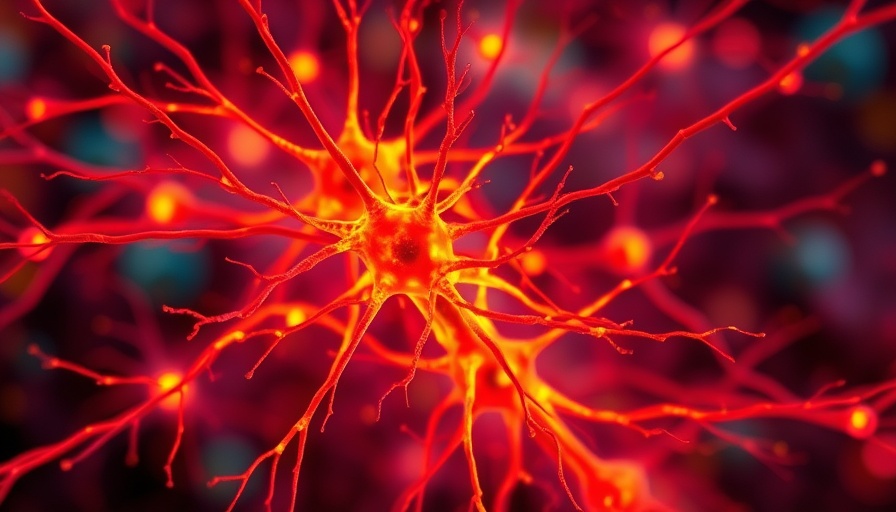
Revolutionizing Parkinson's Treatment with Immune-Evasive Neurons
Imagine a future where the debilitating symptoms of Parkinson's disease are combated by the brain's own rejuvenated neurons. Recent breakthroughs in neurobiology are turning this dream into reality. Scientists have engineered neuronal grafts that can hide from the immune system, potentially setting a new standard for treating this common neurodegenerative disorder.
Understanding the Science of Immune Evasion
Parkinson's disease, characterized by the gradual loss of dopamine-producing neurons in the brain, leads to tremors, stiffness, and movement difficulties. Traditional treatments often rely on medicinal dopamine sources or invasive surgical interventions. However, researchers from Australia have recently published findings that present a novel method of neuronal replacement through the clever use of genetics.
By employing cellular reprogramming—a technique that allows for adult cells to revert to a stem-cell-like state—scientists successfully created neuronal progenitor cells (NPCs). These cells, capable of developing into new neurons, were genetically engineered to express genes that evade immune detection. This approach takes cues from natural survival strategies found in placental cells and certain cancers, both of which have mastered the art of cloaking.
The Promise and Risks of Cloaked Neurons
While cloaking may mitigate the risk of immune rejection, it also presents a challenge; if one of these cells turns cancerous, it might not be readily identifiable by the body’s defenses. The research team addressed this concern by embedding a “kill switch” in the engineered cells. This safeguard utilizes an enzyme from the herpes simplex virus that can selectively eliminate any improperly proliferating cells using a specific antiviral medication. This ingenious solution provides a balance between innovation and safety.
Results: Success in Rodent Models
Initial trials displayed promising outcomes. When these cloaked neurons were co-cultured with human immune cells, they sparked significantly less immune activation compared to standard, uncloaked neurons. This not only implies a lower risk for rejection but also highlights the potential for these cells to thrive and deliver therapeutic benefits. The research proceeded into humanized mouse models, confirming that cloaked grafts induced minimal immune responses and showed remarkable growth, even outpacing their uncloaked counterparts.
Future Implications and Real-World Applications
This groundbreaking research offers hope to the millions affected by Parkinson’s disease and other neurodegenerative conditions. The implications are profound, suggesting that similar techniques could be extended to other cell types, paving the way for off-the-shelf solutions in regenerative medicine.
Furthermore, understanding and utilizing the body’s mechanisms to manipulate immune responses might open new avenues for other diseases that traditionally face issues with graft survival, such as organ transplants or even cancer therapies. As science continues to move forward, the blending of immunology and regenerative medicine may redefine health outcomes in ways we are just beginning to comprehend.
Embrace the Future of Health
As knowledge of our immune systems and cellular biology expands, so does our potential for better health outcomes. If you're looking to delve deeper into these revolutionary advancements or learn how they might affect your or a loved one’s health journey, stay tuned for more insights into the intersection of health and innovation.
 Add Row
Add Row  Add
Add 




Write A Comment